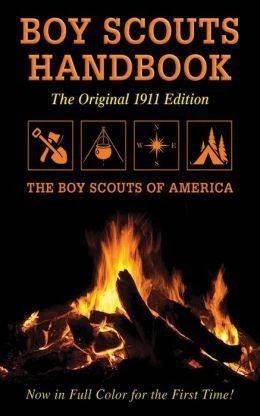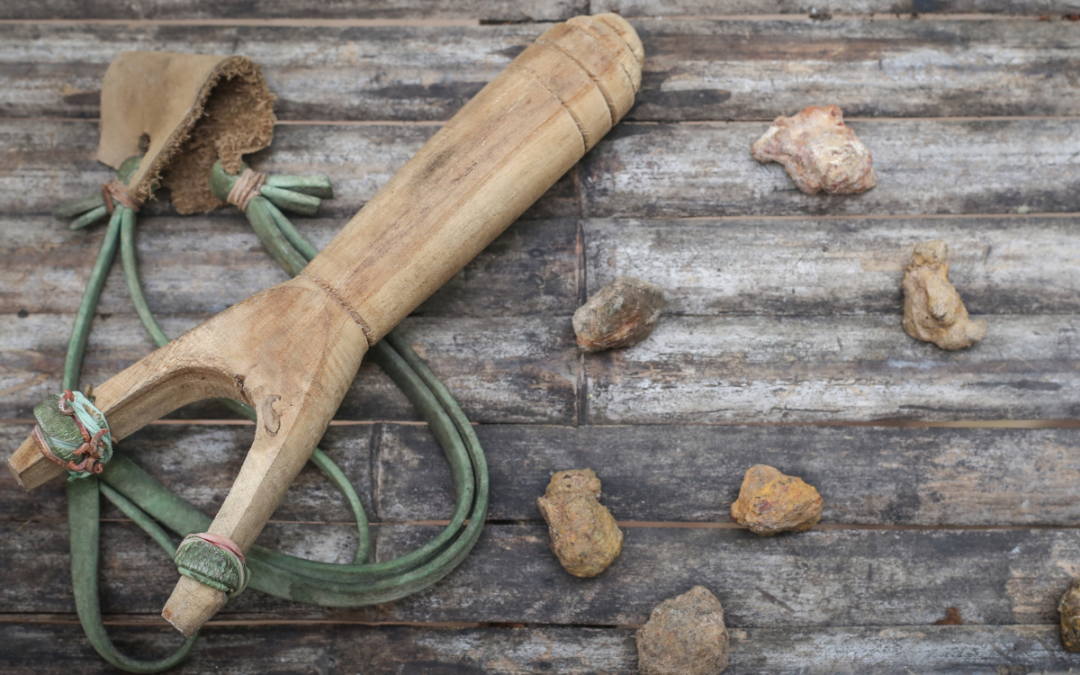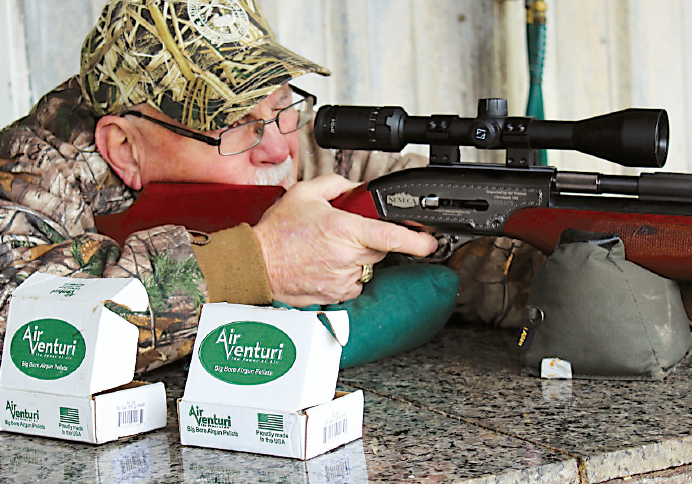Hunt for more than 60 years and you’ll likely make a handful of great shots. This one was my best. And I wasn’t even hunting.
Dodging scrub brush to scrub brush, then crawling 50 yards belly-to-the-ground up the steep, stone, and cactus-encrusted slope of a bowl in Glenrock, Wyoming, I took aim at a good pronghorn. He was standing just below the top of the opposite rim — more than 350 yards distant. An audience, including Mike Gaddis and some folks from L.L. Bean who were watching the stalk from the bed of our truck below, clapped and cheered when the antelope fell dead in his tracks without ever taking a step.
It may have been dramatic, but that wasn’t my best shot. My best shot occurred 47 years before.
The sun was a red fireball. Like a balloon leaking helium, it was descending into the leafy hardwoods surrounding a lake formed by the confluence of Warley and Squirrel Creeks just before it empties into South Carolina’s Santee River. It was Saturday, July 8, 1961. I was 13.
The long, hot day was drifting to a close. An old Johnson Seahorse outboard puttered along, pushing Uncle Crawford and me slowly back to Riser’s Landing. So they didn’t have to paddle the half-mile back, we were pulling another aluminum jon boat containing my cousin Chris and younger brother Ron.
We were sweaty, tired, and happy. Our old, dented Coleman ice chest was full of white and black bass caught along a cut where the muddy water of the rising Santee meets the black waters of the creeks. The lake was glass-like, its surface marked only by zooming dragonflies and other insects as they searched for food or mates. I pulled off my cap to let the passing air cool my face and scalp. Hungry, I was daydreaming about how the fish were going to taste when my grandmother fried them later on.
Directly in front of us, a hundred yards out, something was disturbing the sun’s mirror-like reflection on the water. Squinting to see through the glare, I first thought it was a fish, but the S-shaped, sun-dappled waves gave the water moccasin away. He was doing everything he could to put distance between us.
I spun slightly on the middle aluminum seat, reached for my green tackle box, opened it, and pulled out my trusty dogwood slingshot. And a marble.
Behind me, Uncle Crawford had seen the snake, slowed the motor, and realizing what I was about to attempt, laughed.
“You’ll fill this lake with marbles before you hit that snake,” he said.
But he killed the motor as I stretched the hunting rubbers back and took aim.
Dad made the slingshot for me when I was eight. And yes, that’s it in the picture. I have no idea where he found the perfectly formed dogwood blank, but it had dried for a year in my grandfather’s shed when Dad first showed it to me. I watched him remove the bailing wire bindings that held the prongs upright, straight, and parallel to the center. With the wire removed, he cut away the center limb with a coping saw, being careful to keep the cut perpendicular to the handle. Then, he trimmed off the excess from each prong.
Over the next day or so he used his pocket knife and broken glass to shape and smooth the dry, ultra-hard wood. Finally, to harden it even more, he baked it in my grandmother’s oven and gave it to me on my birthday.
After that, other than Sunday school, I’m not sure I was ever without my slingshot. In fact, it never missed a day of school, traveling snug in the bottom of my book bag. Yeah, I know, they’d arrest me today. But back then, running home after track practice, I taught more than one mean dog that I could bite back. Over the years I became deadly with it.
The marble arced out over the still, black water of Riser’s Lake, the tiny yellow-and-white missile a blur against the dark of the trees. There was no sound. It was completely silent as the two boats continued to drift forward while the snake slithered across the surface. Then, 50 yards away . . . thwack! The marble bounced off the snake’s head, then skittered into the tepid water.
The stunned cottonmouth rolled over, belly-up.
I turned around to put the slingshot back in my tackle box and glanced up, My three fishing partners were all quiet and had the same open-mouthed, astounded look of disbelief, as if they’d just witnessed someone walking on that black water. I should have gotten photographs and made them sign affidavits.
But it wasn’t over.
We paddled toward the unconscious snake. I could see its tail twitching in the water as we approached. To finish him off, I took a swipe at his head with the boat paddle. But I missed. The close stroke awakened the moccasin and rolled him over, frightening him. To avoid another slice of my paddle, the pit viper stood up on the water at a 45-degree angle by thrashing the last foot of its tail violently, then skittered away some 20 feet from the boat.
Now the snake was really mad — and zigzagging straight for us. Deathly afraid of snakes, Uncle Crawford was frantically trying to restart the outboard.
Somehow I remained calm, but quickly turned around and reached into my tackle box all the same. This time I loaded my slingshot with a 3/8- by 3/8-inch sharp-edged, cylindrical steel slug punched from a piece of flat bar in my uncle’s steel plant.
The snake was five feet from the boat, his arrow-shaped head rising up again when the steel slug crashed into his skull, sending him under the black water for the last time.
At the end of the bookcase in my office, the one-shot, one-kill Wyoming pronghorn keeps watch, staring out over a Bob Timberlake glass-topped coffee table—the old slingshot resting in it’s velour-lined shadow box. I’ve made a handful of great shots over the years, but every time I see that little dogwood creation I’m reminded of Dad, Uncle Crawford, and the best shot I ever made.
 This is a full-color edition of the very first Boy Scouts Handbook, complete with the wonderful vintage advertisements that accompanied the original 1911 edition, Over 40 million copies in print! The original Boy Scouts Handbook standardized American scouting and emphasized the virtues and qualifications for scouting, delineating what the American Boy Scouts declared was needed to be a “well-developed, well-informed boy.” The book includes information on:
This is a full-color edition of the very first Boy Scouts Handbook, complete with the wonderful vintage advertisements that accompanied the original 1911 edition, Over 40 million copies in print! The original Boy Scouts Handbook standardized American scouting and emphasized the virtues and qualifications for scouting, delineating what the American Boy Scouts declared was needed to be a “well-developed, well-informed boy.” The book includes information on:
- The organization of scouting
- Signs and signaling
- Camping
- Scouting games
- Description of scouting honors.
Scouts past and present will be fascinated to see how scouting has changed, as well as what has stayed the same over the years. Buy Now




